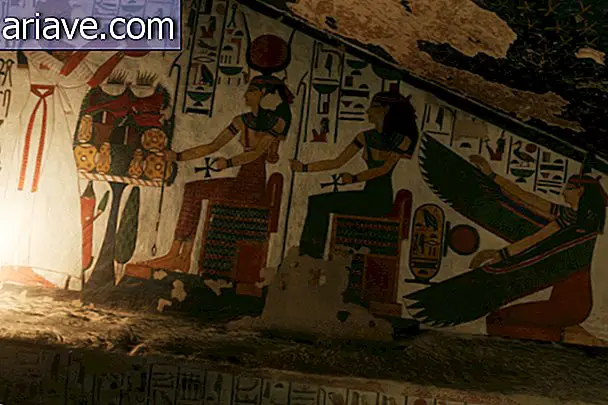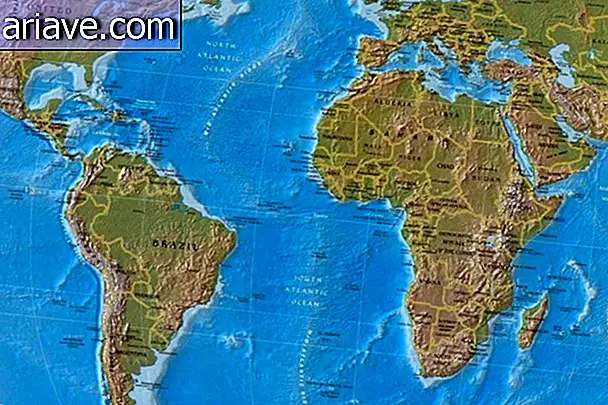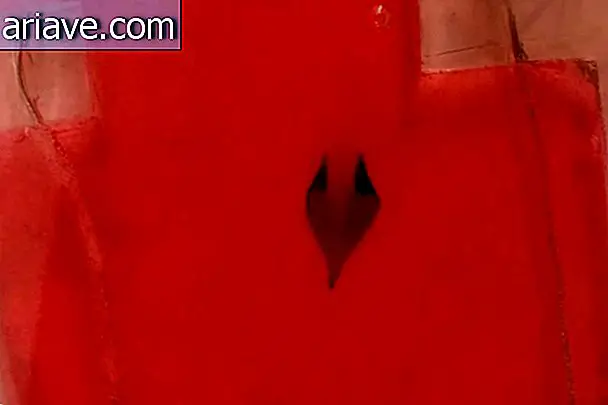Have you noticed that there is no purple country flag?
Each of the roughly 200 countries is looking for ways to create their national symbols, whether through their coat of arms, anthem or flag. The latter follows an almost unchanging pattern: rectangular, with some colors and one or another element that refers to the nation. Brazil's, for example, has the green to symbolize our forests, the blue to represent the rivers and the sky, and the yellow to remember our riches.
Other countries are neat in design: Mozambique has an AK-47, Bhutan has a dragon, and Saudi Arabia has a sword. However, it is in the colors that the flags usually differ. Many bet on the three tracks, vertical or horizontal, such as France, Germany, Belgium and the Netherlands. Libya, until 2011, had one of the “laziest” flags: a green rectangle with no design or inscription.
But have you noticed that the country flags are not purple? The one from Dominica is one of the few that has the color, but only in one detail of the imperial parrot plumage represented in the center of the pennant. Why did such a familiar color become so "irrelevant" when nations created their symbols?

History Class
The purple dye came from the Phoenicians of the city of Tire, where Lebanon is today. The artisans removed the pigment from a sea snail whose mucosa, after exposure to the sun, changed its shade from white to greenish yellow, then to red and finally to purple. The process required a huge amount of snails and a very long processing time, making one gram of the dye more expensive than gold!
Therefore, purple has become a status symbol. Queen Victoria, who led the United Kingdom between 1837 and 1901, forbade anyone besides the royal family to wear anything in that tone. Prior to this, in the 16th and 17th centuries, only the wealthiest had money to pay for pieces that had purple or purple elements.
The history of color changed only in 1856, when English chemist William Henry Perkin accidentally created a synthetic way to produce color: he tried to make the quinine molecule to treat malaria in the laboratory when he unintentionally arrived at the dye. At the time he patented the discovery and cheapened the costs of hue.

And why didn't color become popular in flags after that?
So when purple finally became more accessible to the general public, practically all national flags had been created. It made no sense to exchange the symbol for one that had the new color. Only a few exceptions occurred, such as Dominica, which adopted its parrot flag in 1978.
Today, some flags are already toned, but these are entities such as the Armenian Apostolic Church and the International Brigades. Cities like Montreal (Canada) and Madrid (Spain) also bring the lilac in their streamers. In addition to them, the flag of asexuality also has one of the stripes of this color.












